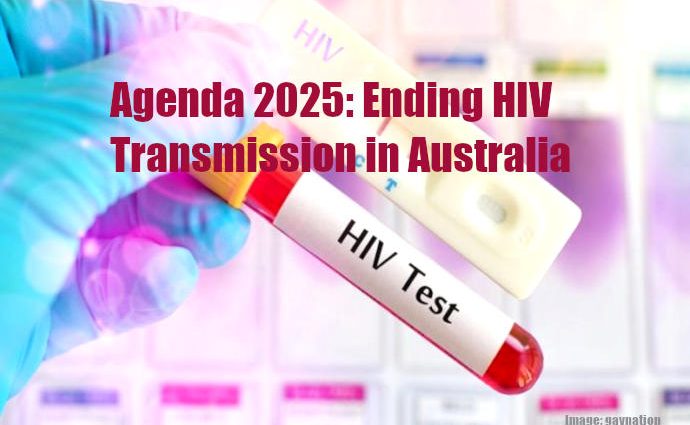Australia can end HIV transmission within four short years, averting over 6,000 infections by 2030 and saving $1.4 billion in health costs, according to a costed plan presented to parliamentarians today.
Agenda 2025: Ending HIV Transmission in Australia is a consensus statement that draws on the expertise of the nation’s top HIV clinicians, researchers and community leaders, including the Australian Federation of AIDS Organisations, the Kirby Institute, the Doherty Institute and many others.
It finds that with annual additional investment of $53 million and fresh policy settings, HIV transmission could be ended within the next term of parliament (by 2025). The statement calls for investment in prevention, testing and treatment, along with a renewed campaign against the stigma associated with HIV.
Also read: Nudity improves sleep quality
Taken together, this would provide a path to a 90% reduction in HIV infections, compared to 2010. This requires 95% of people at risk of HIV using one or more forms of effective prevention; 95% of people with HIV diagnosed and treated; and 98% achieving undetectable viral load.
“This month we entered the fifth decade of the HIV epidemic. If parliamentarians adopt this plan, we can avoid entering a sixth,” said Darryl O’Donnell, chief executive of the Australian Federation of AIDS Organisations. “The previously unthinkable achievement of ending HIV transmission is entirely within reach, but only with new policy settings and additional investment.
“In the last few years science and technology have outpaced regulation. We need a fresh approach that expedites approval and funding of new innovations such as self and rapid testing so that they can reach those who need it. We must take the learnings from COVID-19 and establish a new public health track so tests and medicines needed in the public interest get to consumers safely and quickly.”
The Kirby Institute’s Professor Andrew Grulich said the plan came at a timely moment in Australia’s HIV response.
“The rollout of new prevention technologies has led to a sharp decline in new HIV diagnoses amongst gay and bisexual men in inner cities, but progress elsewhere has been patchy. Australia has the opportunity to lead the world by going the final stretch.
“Medical research has developed new methods of HIV prevention that are close to 100% effective. This plan for investment in prevention, testing, treatment and combating stigma provides the path forward for implementation which can deliver the virtual elimination of HIV.”
Similar Posts by The Author:
- Confession: Jacinta Allan wants to do acting in Bollywood
- With a house on a hilltop, wedding in the offing, is it time for Anthony Albanese to bow out, gracefully?
- CBI arrests RG Kar college ex-principal Sandip Ghosh
- Ashvinkumar Chavan’s fruit and veggie business ‘Strawberry Point’ in Forest Hill fined
- Hindus in Pakistan celebrate Rakshabandhan; PPP leader Krishna Kumari ties Rakhi to Bilawal Bhutto

